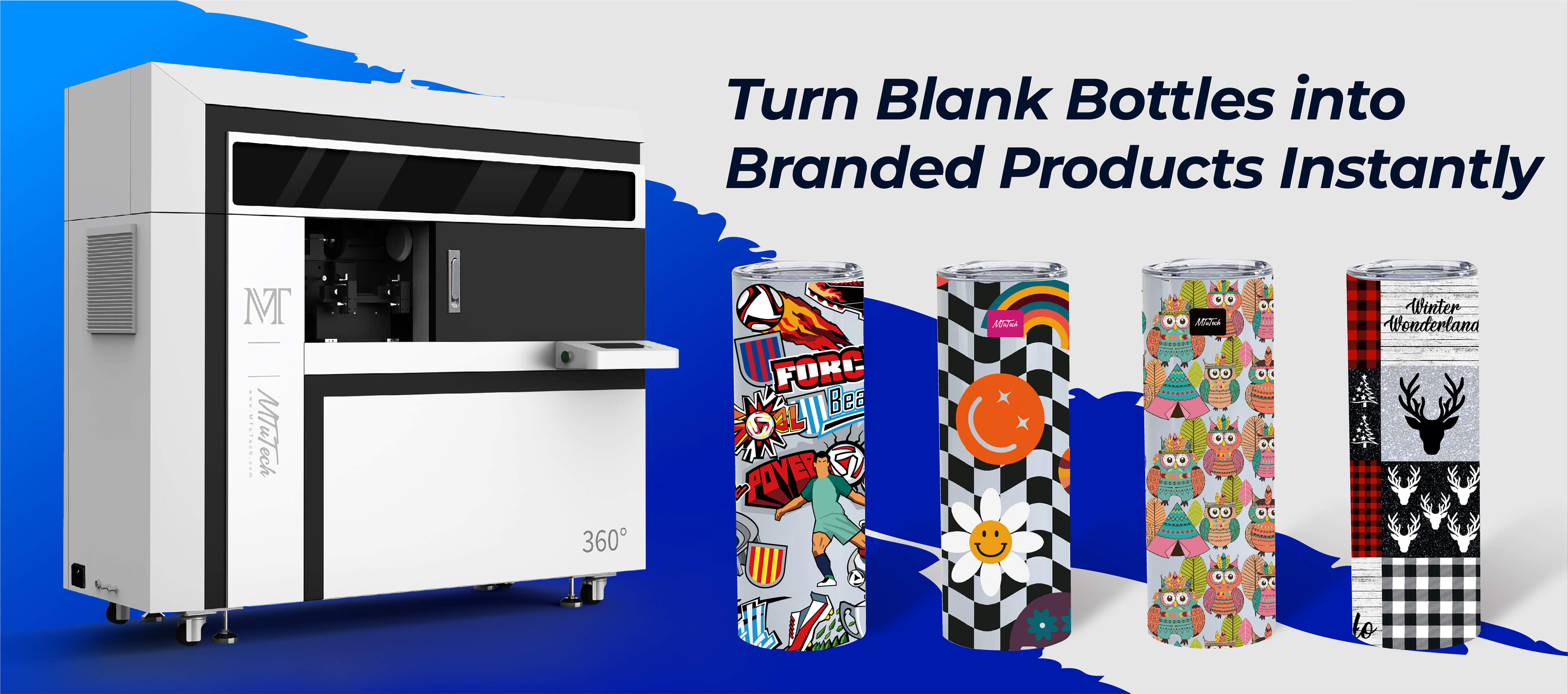Preparing Artwork Files for Cylindrical Print Success
Introduction
As the demand for custom cylindrical printing continues to rise, understanding how to properly prepare your artwork files has never been more crucial. Whether you're creating unique product packaging, promotional materials, or customized gifts, the quality of your artwork can greatly impact the final output. In this article, we will explore essential steps for preparing your artwork files, common mistakes to avoid, and tips for achieving optimal results with cylindrical printing.
Understanding Cylindrical Printing
Cylindrical printing refers to the process of printing on cylindrical objects such as bottles, cans, and tubes. This specialized printing technique presents unique challenges, particularly concerning file preparation. Unlike flat surfaces, the curvature of cylindrical items requires careful consideration of design elements, dimensions, and resolution.
What Makes Cylindrical Printing Different?
The main factors that differentiate cylindrical printing from traditional flat printing include:
·
Curvature: The wraparound effect can distort designs if not managed correctly.
·
·
Dimensions: Artists must factor in the height and diameter of the cylindrical object.
·
·
Color Management: Consistent color across the curved surface can be challenging due to varying breathing and stretching of materials.
·
Steps to Prepare Your Artwork Files
1. Choose the Right Software
The first step in preparing your artwork files is to select suitable design software. Popular programs include:
·
Adobe Illustrator
·
·
CorelDRAW
·
·
Inkscape (open-source)
·
These programs allow for vector-based designs, which are ideal for printing due to their scalability without loss of resolution.
2. Understand Your Printer's Specifications
Before diving into design, obtain detailed specifications from your printing provider. Key details include:
·
Print resolution (DPI)
·
·
Supported file formats (e.g., PDF, PNG, SVG)
·
·
Dimension limitations based on the printer model
·
·
Preferred color profiles (CMYK, RGB)
·
3. Set the Correct Dimensions
Accurately setting up the dimensions of your design is critical. To do this:
·
Measure the height and circumference of your cylindrical object.
·
·
Create a new document with the height and a flattened width (circumference).
·
·
Keep critical designs away from the edges to allow for wrapping and potential misalignments.
·
4. Use High-Quality Images
When incorporating images into your design, make sure you use high-resolution images (at least 300 DPI) to prevent pixelation and ensure high-quality prints. Here’s how to do it:
·
Use vector graphics where possible.
·
·
If using raster images, choose ones that are large enough to maintain quality when resized.
·
5. Design for the Wraparound Effect
Cylindrical printing requires you to think about how designs will look when wrapped around a curve. Here's what to consider:
·
Avoid placing essential elements near the edges, where they might get cut off.
·
·
Factor in potential image distortion—test designs by wrapping them around a mockup before finalizing.
·
·
Use guides to determine the boundaries of your design.
·
6. Choose the Right Color Profile
Color consistency is crucial for cylindrical prints. Always use the CMYK color model for your artwork files, as it is the standard for printing. To ensure your colors appear correctly:
·
Check your printer’s color profile and set it in your design software.
·
·
Run test prints to see how colors appear before final production.
·
Common Mistakes to Avoid
Even seasoned designers can make errors in preparing artwork for cylindrical printing. Here are a few common pitfalls to watch out for:
·
Neglecting to Test Fits: Always create a mockup of your design to see how it wraps around the object.
·
·
Ignoring Printer Specifications: Ensure that your designs match the specific requirements of the cylindrical printer.
·
·
Using Inadequate Resolution: Low-resolution files can lead to blurry prints.
·
·
Overlooking Color Management: Colors can look vastly different after printing, so be vigilant about calibration.
·
Design Tips for Enhanced Aesthetic Appeal
Once you have prepared your files correctly, consider these design tips to improve the appeal of your cylindrical prints:
·
Engaging Artwork: Incorporate striking visuals that capture attention while complementing the product.
·
·
Brand Consistency: Ensure your artwork aligns with your brand colors and messaging.
·
·
Texture and Materials: Select finishes like glossy or matte coatings to enhance your design's tactile experience.
·
Conclusion
Successfully preparing artwork files for cylindrical printing takes time, skill, and attention to detail. By following the guidelines outlined in this article, you can increase the chances of achieving successful prints that meet your vision and expectations. Master the nuances of cylindrical designs and elevate your projects to impressive standards.
For further insights into cylindrical printing solutions, don't hesitate to explore our high-quality Cylindrical printers here.
FAQ
What file format is best for cylindrical printing?
Vector files such as AI, PDF, or SVG are preferred, as they ensure scalability and lossless quality. Raster files (like PNG or JPEG) can be used but should be high-resolution (300 DPI or above).
How can I ensure my design fits properly on a cylindrical surface?
Always create a mockup using the actual dimensions of the cylindrical object. Wrap your design around a 3D representation to visualize how it looks once printed.
Can I use gradients in my cylindrical designs?
While gradients can be used, ensure they are compatible with the printing method. Some printers may struggle with gradients, so it’s best to check beforehand and conduct test prints.
How do I check the colors before printing?
Run a proof print on the same material you intend to use for your final product. This way, you can see how colors appear and make any necessary adjustments before the final print.

